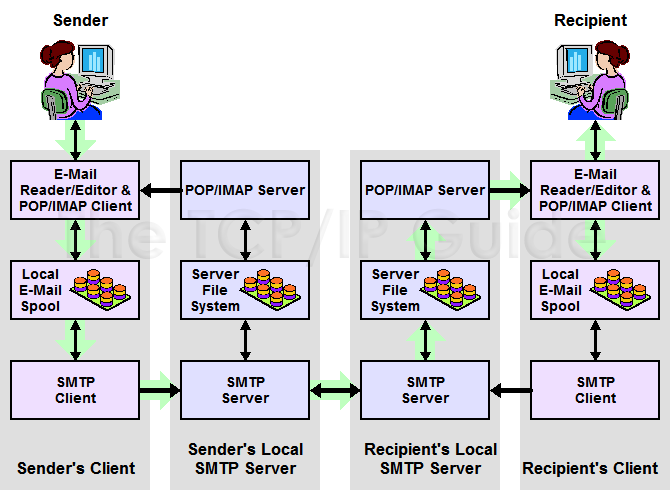 |
|
Please Whitelist This Site?
I know everyone hates ads. But please understand that I am providing premium content for free that takes hundreds of hours of time to research and write. I don't want to go to a pay-only model like some sites, but when more and more people block ads, I end up working for free. And I have a family to support, just like you. :)
If you like The TCP/IP Guide, please consider the download version. It's priced very economically and you can read all of it in a convenient format without ads.
If you want to use this site for free, I'd be grateful if you could add the site to the whitelist for Adblock. To do so, just open the Adblock menu and select "Disable on tcpipguide.com". Or go to the Tools menu and select "Adblock Plus Preferences...". Then click "Add Filter..." at the bottom, and add this string: "@@||tcpipguide.com^$document". Then just click OK.
Thanks for your understanding!
Sincerely, Charles Kozierok
Author and Publisher, The TCP/IP Guide
|
|
|

Custom Search
|
|
TCP/IP Electronic Mail Message Communication Model and Device and Protocol Roles
(Page 2 of 3)
The Delayed Delivery Model and Device Roles
To allow the type of communication needed for electronic mail, the entire system is designed to facilitate the delayed delivery of e-mail messages from one user to another. To see how this works, let's look again at the example communication we discussed in the previous topic, but this time, considering the roles of the different devices in the exchange (as shown in Figure 301):
- Sender's Client Host: The sender of the
mail composes an electronic mail message, generally using a mail client
program on his or her local machine. The mail, once composed, is not
immediately sent out over the Internet; it is held in a buffer area
called a spool. This allows the user to be “detached”
for the entire time that a number of outgoing messages are created.
When the user is done, all of the messages can be sent at once.
- Sender's Local SMTP Server: When the user's
mail is ready to be sent, he or she connects to the internetwork. The
messages are then communicated to the user's designated local SMTP
server, normally run by the user's Internet Service Provider (ISP).
The mail is sent from the client machine to the local SMTP server using
SMTP. (It is possible in some cases for the sender to be working directly
on a device with a local SMTP server, in which case sending is simplified.)
- Recipient's Local SMTP Server: The sender's
SMTP server sends the e-mail using SMTP to the recipient's local SMTP
server over the Internetwork. There, the e-mail is placed into the recipient's
incoming mailbox (inbox). This is comparable to the outgoing
spool that existed on the sender's client machine. It allows the recipient
to accumulate mail from many sources over a period of time, and retrieve
them when it is convenient.
- Recipient's Client Host: In certain cases
the recipient may access his or her mailboxes directly on the local
SMTP server. More often, however, a mail access and retrieval protocol,
such as POP3 or IMAP, is used to read the mail from the SMTP server
and display it on the recipient's local machine. There, it is displayed
using an e-mail client program, similar to the one the sender used to
compose the message in the first place.
Figure 301: Electronic Mail (E-Mail) Communication Model
This diagram shows the four devices that are involved in a typical e-mail communication between two users. (Yes, they are identical twins, imagine that! J) Each device consists of a number of different elements, which communicate as indicated by the black arrows. Note the inherent asymmetry, because the method used to send an e-mail from a user is not the same as that used to retrieve it from the server. The large green arrows show a typical transaction: the sender composes mail and it goes to her local e-mail spool. It is sent to the sender’s local SMTP server using SMTP, and then to the recipient’s SMTP server, where it goes into that user’s inbox. It is then retrieved, usually using a protocol such as POP or IMAP.

|
| |||||||||||||||||||
Home - Table Of Contents - Contact Us
The TCP/IP Guide (http://www.TCPIPGuide.com)
Version 3.0 - Version Date: September 20, 2005
© Copyright 2001-2005 Charles M. Kozierok. All Rights Reserved.
Not responsible for any loss resulting from the use of this site.






